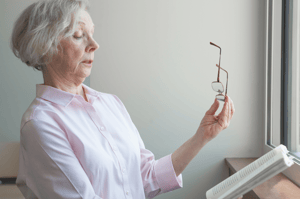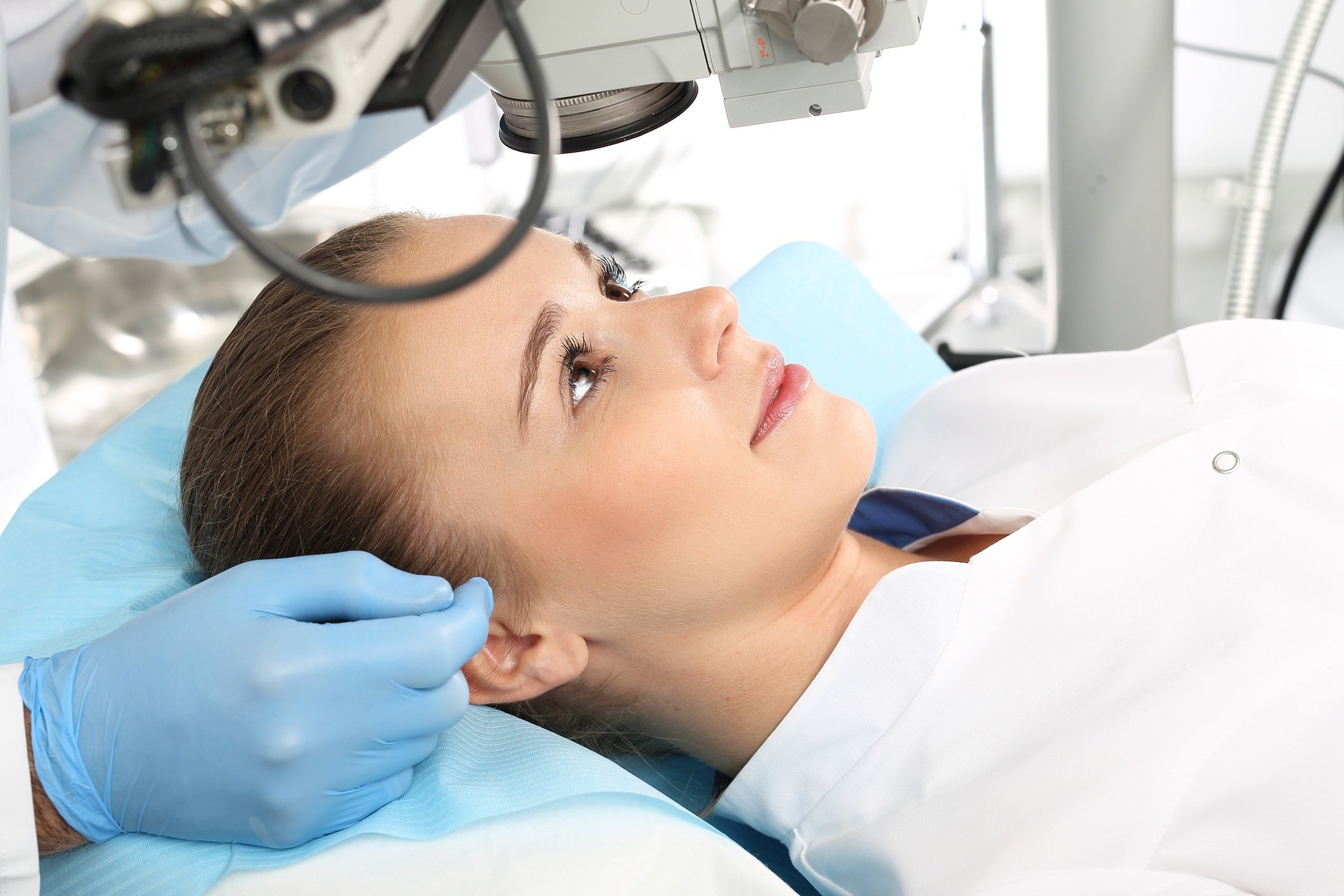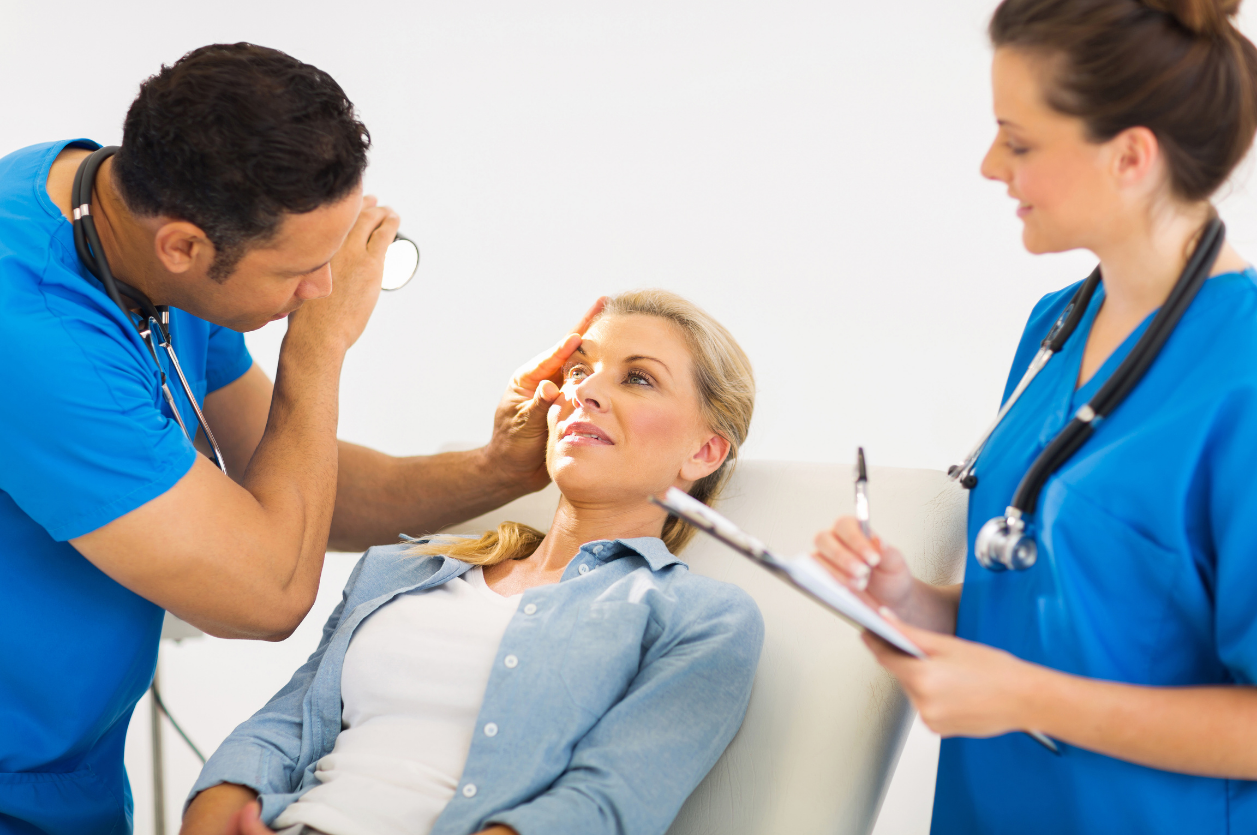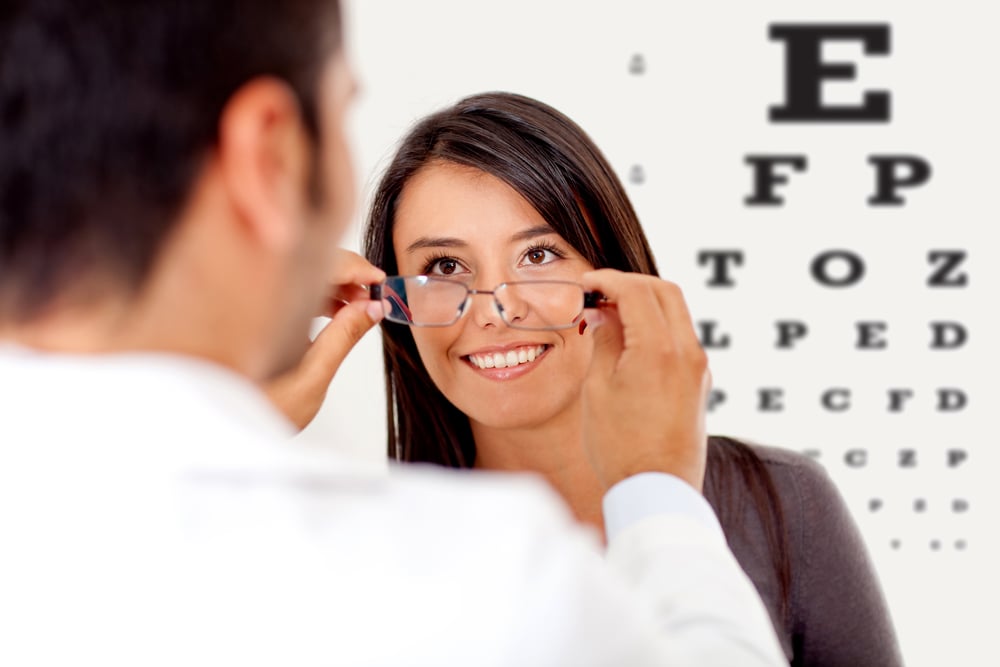The 10 Most Common Eye Diseases and Disorders
Most people have problems with their eyes at some point in their life. Some of these problems are minor, like seasonal allergies that make your eyes water, but other problems can be more serious.
Are you taking proper care of your eyes? Per the Centers for Disease Control and Prevention:
- About 12 million people in the U.S. who are 40 years and older have some level of vision impairment. This includes people who need vision correction but don’t seek it.
- Approximately 6.8% of children in the U.S. who are under age 18 have a diagnosed eye and vision condition. Almost 3% of children under 18 are blind or visually impaired.
- An estimated 93 million adults in the U.S. are at high risk for serious vision loss, but only half visited an eye doctor in the past 12 months.
- Ninety percent of blindness caused by diabetes is preventable.
Those are some disturbing statistics. And many eye diseases have no early symptoms. This means that the best way to protect your vision is through regular eye exams.
Let’s take a look at some of the diseases and disorders that can affect your eyes.
1. Refractive errors
The most common eye disorder is the refractive error. This includes:
- nearsightedness (myopia).
- farsightedness (hyperopia).
- astigmatism (distorted vision at all distances).
- loss of the ability to focus up close (presbyopia) that occurs between ages 40–50.
Per the National Eye Institute, proper refractive correction could improve vision for 150 million Americans.
 2. Age-related macular degeneration
2. Age-related macular degeneration
- Macular degeneration, also referred to as age-related macular degeneration (AMD), is an eye disorder that results in the damage of sharp and central vision. Central vision is critical for seeing objects clearly and for things like reading and driving. It’s the leading cause of permanent impairment of reading and fine or close-up vision among people aged 65 and older. AMD comes in two forms: wet and dry.
- Wet AMD is when abnormal blood vessels behind the retina start to grow under the macula. An early symptom of wet AMD is that straight lines appear wavy.
- Dry AMD is when the macula thins over time as part of the aging process and central vision gradually becomes blurry. This form of AMD is the most common and accounts for 70-90% of cases.
3. Cataract
A cataract is a clouding of the eye’s lens, and, in addition to being the leading cause of vision loss in the U.S., it’s the leading cause of blindness worldwide.
You may think of cataracts as an eye disorder of the old, but they can occur at any age and can even be present at birth. An estimated 17.2% of Americans age 40 and over have cataracts in one or both eyes.
4. Diabetic retinopathy
Diabetic retinopathy (DR) is a common complication of diabetes and the leading cause of blindness in American adults. DR is characterized by progressive damage to the blood vessels of the retina, which is the light-sensitive tissue at the back of the eye that is necessary for good vision, and it usually affects both eyes.
Early diagnosis and timely treatment of DR can greatly reduce the risk of vision loss, but about 50% of diabetics don’t get their eyes examined regularly and are diagnosed too late for treatment to be effective.
5. Glaucoma
Glaucoma is a group of diseases that can damage the eye’s optic nerve and result in vision loss and blindness. It happens when the normal fluid pressure inside the eyes slowly rises. Unfortunately, recent findings now show that glaucoma can also occur with normal eye pressure. Fortunately, with early treatment, serious vision loss as a result of glaucoma can often be avoided.
6. Amblyopia
Amblyopia is often called “lazy eye,” and it’s the most common cause of vision impairment in children. Vision in one of the eyes is reduced because the eye and the brain are not working properly together. The eye looks normal, but it’s not being used normally because the brain is favoring the other eye. Conditions leading to amblyopia include an imbalance in the positioning of the two eyes: one is more nearsighted, farsighted or astigmatic than the other.
If it’s not treated in early childhood, amblyopia persists and is the most common cause of permanent one-eye vision impairment among young and middle-aged adults.
7. Strabismus
Strabismus involves an imbalance in the positioning of the two eyes. It can cause the eyes to cross inwardly (esotropia) or turn outward (exotropia). Strabismus is caused by a lack of coordination between the eyes. This lack of coordination causes the eyes to look in different directions, so they fail to focus on the same image, creating reduced or absent depth perception, and the brain may learn to ignore the input from one eye, causing permanent vision loss in that eye (one type of amblyopia).
8. Uveitis
This is the name for a group of diseases that cause inflammation of the middle layer of the eye where most of the blood vessels to the eye reside, per WebMD. These diseases can destroy eye tissue and even cause eye loss in people of any age. Symptoms may resolve quickly or last for a long time.
Symptoms of uveitis may include:
- blurred vision.
- eye pain.
- eye redness
- sensitivity to light.
See your eye doctor if you have these symptoms and they don’t go away within a few days.
9. Floaters
Floaters are tiny spots or specks that float across one’s field of vision. They are most noticeable in well-lit rooms or outdoors on a bright day.
Floaters are usually benign, but they can sometimes be a sign of a more serious eye problem, so if you notice them, visit your eye doctor.
10. Dry eye
Dry eye occurs when your eyes can't make enough good-quality tears. Rarely, in severe cases, extreme dryness can lead to some loss of vision. If your dry-eye problem is chronic, you may have dry-eye disease. Your doctor could prescribe medicated drops to stimulate tear production.
Take Care of Your Vision With Vision Source Plano
You only get one pair of eyes, and, in a survey, 47% of people in the U.S. said that losing their vision is the worst health-related matter they could think of, worse than losing hearing or even losing a limb.
At Vision Source Plano, our individualized approach to optometry makes Dr. Malone and staff the eye and vision care providers of choice in the Plano area. We offer the following services:
- Complete eye exams
- Contact lenses, glasses
- Glaucoma testing
- Pre/post-operative care
- Dry eye treatment and diagnosis
We also work with other practitioners in the control and treatment of diabetic eye care.
We offer financing options and work with your vision insurance provider to ensure the best in eye health and vision care.
For a complete list of services, visit our services page, or call our Plano office at (972) 612-2099.
At Vision Source Plano, we are dedicated to providing high-quality optometry services in a comfortable environment.
Call us at (972) 612-2099, or schedule an appointment online today.
Disclaimer: The content on this blog is not intended to be a substitute for professional medical advice, diagnosis, or treatment. Always seek the advice of qualified health providers with questions you may have regarding medical conditions.








